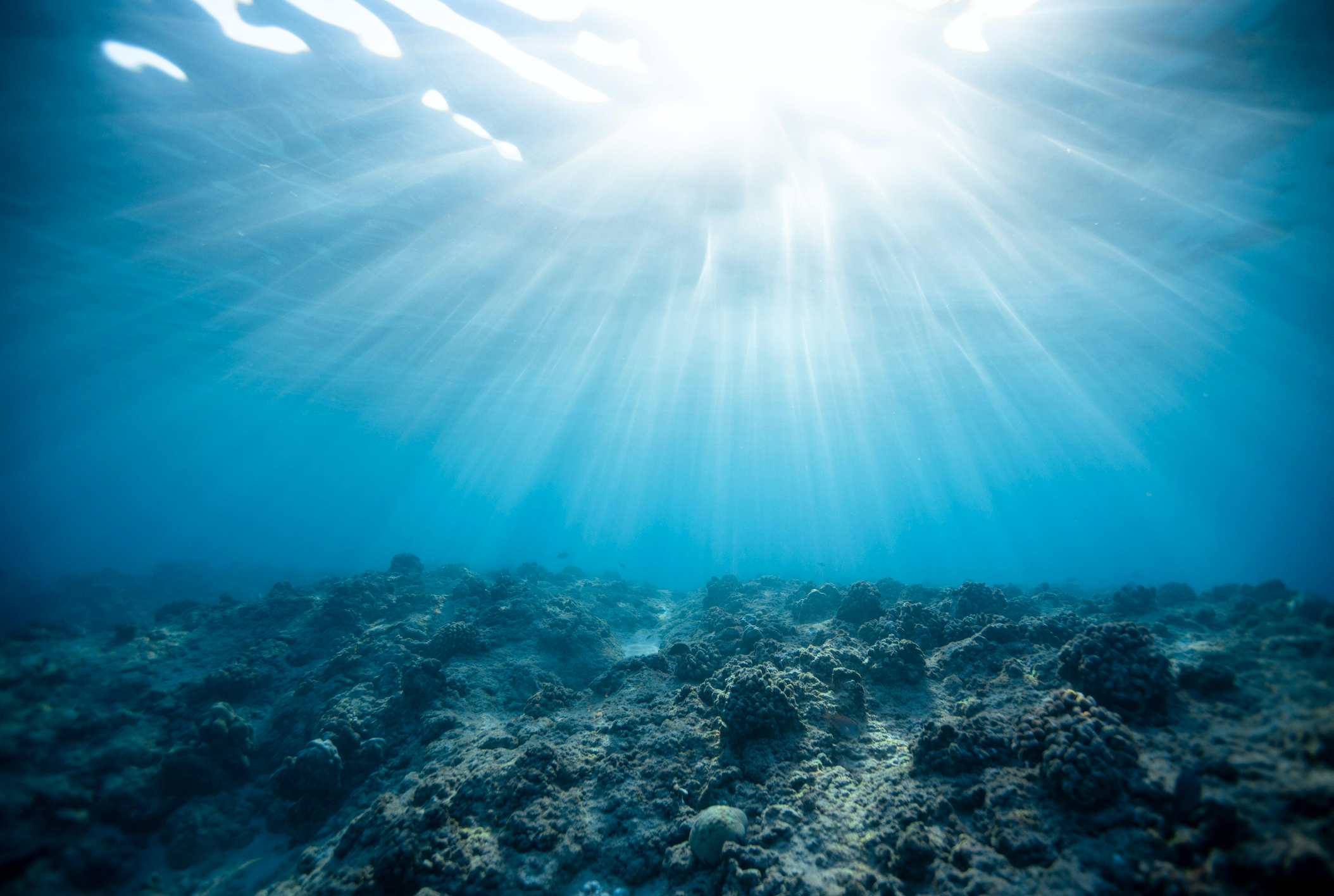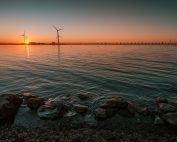The Limfjord Council is heading a DKK 100 million EU project in Denmark aimed at restoring coastal areas, beach meadows, and shallow fjord areas. The fjords ‘Limfjord’ and ‘Mariager Fjord’ and the seaside area ‘Nærå Strand’ make up the framework for the ‘Coastal Life’ project, aimed at improving conditions for nature and the climate.
Nature, the environment, and climate are interrelated, as are the solutions to the biodiversity and climate crises.
“We need to regard the alarming decline of nature and the environment as a whole to overcome the enormous challenges we’re facing,” says Henrik Dalgård, Chair of the Limfjord Council, continuing: “This is also why we’ve established an impressive, far-reaching partnership that will work to find solutions within Denmark’s coastal areas over the next six years.”
The restoration of beach meadows, eelgrass meadows, stone reefs, biogenic reefs, islands, and islets are the main elements of the project, which the many different partners are joining forces to develop and subsequently monitor and inform about.
“The project provides an excellent opportunity to restore a patchwork of vital coastal habitats and document the impact on biodiversity and carbon retention. At the same time, the project will be able to inspire and contribute with lessons learnt to initiatives in other coastal areas,” emphasises Dorte Krause-Jensen, Professor at the University of Aarhus.
Ida Krabek, Head of Sustainability at Ørsted, says: “Nature has an amazing ability to extract carbon dioxide from the atmosphere, but we lack knowledge of how best to restore nature, so we can enhance biodiversity and effectively store carbon at the same time. The Coastal Life project unites the efforts of Denmark’s leading researchers, local communities, and the Danish state to develop and implement sustainable solutions that will set new standards for natural restoration for the benefit of both the climate and biodiversity.”
The partnership is made up of six Danish municipalities (Aalborg, Vesthimmerland, Jammerbugt, Thisted, Mariagerfjord, and Nordfyn), four universities (Aarhus University, Aalborg University, the University of Southern Denmark, and DTU Aqua), two government agencies (the Danish Coastal Authority and the Environmental Protection Agency) as well as Ørsted, Ornit.dk, the North Denmark EU Office, and the Limfjord Museum.
“Nature-based methods must be able to both meet societal needs for adaptation and to develop natural environments in an ongoing climate crisis. In this respect, Coastal Life will generate important knowledge and educate us in how to design sustainable initiatives,” says Merete Løvschall, Director of the Danish Coastal Authority.
“Mariager Fjord is a natural focal point in our municipality and plays a key role in the everyday lives of many citizens. This is why we’re pleased to be part of an exciting, ambitious project, which will both improve the fjord’s ecosystems and natural environment, while making it more accessible to residents and tourists at the same time,” says Mogens Jespersen, Mayor of Mariagerfjord Municipality.
“It’s has been crucial for the ‘Aage V. Jensen Naturfond’ to join the Coastal Life project to enhance biodiversity in the Limfjord,” says Hanne Haack Larsen, Managing Director of the Danish nature preservation foundation, continuing: “As owner of the Danish nature reserve ‘Vejlerne’ located on the banks of the Limfjord, the project’s large-scale restoration of e.g. reefs and eelgrass beds will put a halt to sand migration and revitalise the Limfjord, which will also benefit the ecosystems in the nature reserve.”
Anders Thingholm, Chair of the Technology & Environment Committee in Nordfyn Municipality, says: “The Coastal Life project is dedicated to achieving lasting results in the converging areas of coastal ecosystems, nitrogen leaching, coastal protection, and the climate. Our municipality is proud to be part of such an ambitious project where our farmers can make a tangible contribution to reducing nitrogen leaching to the seaside area and significantly improve our natural coastal resources, while municipalities, businesses, and research institutions join forces to restore degraded marine ecosystems. In future, wide-ranging cooperation will be a cornerstone of our efforts to restore our coastal areas – whether they are beach meadows, stone reefs, or eelgrass beds.”
The project will run for the next six years in the Danish fiords ‘Limfjord’ and ‘Mariager Fjord’ and at the Danish seaside area ‘Nærå Strand’.
The EU is supporting the project with roughly DKK 60 million, and the remaining DKK 40 million are funded by Ørsted, Aage V. Jensen Naturfond, the Danish Coastal Authority, the Danish Environmental Protection Agency, DTU Aqua, and the six participating municipalities.
Source: Orsted















